Ever wondered what makes a Valentino bag so special? The sleek designs and iconic logo tell just part of the story. The real magic comes from the high-quality craftsmanship from their home country. Craftsmen select fine leathers in Tuscany. Skilled workers create perfect stitches by hand in Naples. Each bag gets careful attention to detail. I’ve always been curious – with such worldwide fame, are all Valentino bags actually made in their home country? Or is the bag’s mass production more complex? I want to explore where these luxury bags really come from.
Primary Country of Valentino Bags Production
Valentino bags are a testament to Italian bag office craftsmanship, embodying the brand’s heritage and dedication to quality. Since its founding in the 1950s, Valentino has upheld its commitment to excellence, with over 90% of its bags still produced in Italy. During my visit to Naples, where the brand’s story began, I walked through the narrow streets that once inspired its early designs. In Tuscany’s Santa Croce, I witnessed the leather selection process—an art requiring both experience and intuition. Craftsmen carefully examine each hide, rejecting nearly 30% due to minor imperfections. The chosen leather undergoes treatments that enhance its texture, resulting in the signature smooth yet firm feel of a Valentino bag. Holding one is like touching the surface of a perfectly aged wine barrel—rich, refined, and full of history.
Beyond material selection, the supplier of each bag is a deeply personal process. Every artisan spends years perfecting their craft, much like a musician mastering an instrument. I met a leatherworker with over two decades of experience, sewing the Valentino logo with the precision of a calligrapher inscribing ancient manuscripts. Each stitch is intentional—just one millimeter off, and the piece is redone. When I attempted stitching under his guidance, my uneven lines only deepened my admiration for their skill. Valentino’s “Made in Italy” label is not just a mark but a seal of authenticity. Having examined hundreds of leather bags in my career, I’ve seen how mass production often results in inconsistency, whereas Valentino’s bags maintain a level of detail that sets them apart.
While Italy remains the heart of bag OEM production, some final touches happen elsewhere, ensuring a balance between tradition and efficiency. In Spain, I attended a quality control seminar where I saw firsthand the rigorous inspections each bag undergoes. With rejection rates as high as 15%, even a barely visible scratch on a metal buckle can result in a product being sent back for rework. This relentless pursuit of perfection is why Valentino remains at the pinnacle of luxury leather goods. Owning one isn’t just about fashion—it’s about carrying a piece of art, a legacy shaped by skilled hands and generations of dedication. When you open a Valentino bag, the scent of fine leather and the precision of its bag craftsmanship tell a story of heritage, passion, and an unwavering commitment to excellence.
Best Bag Supplier from Specific Regions and Cities
Valentino bags are produced mainly in Italy, with several key regions and cities contributing to their manufacturing:
| Location | Description |
|---|---|
| Naples | The original headquarters for Mario Valentino bags since the 1950s. |
| Milan | A major production hub, featuring the Valentino Bags Lab S.r.l. in Rosate, a municipality in the Metropolitan City of Milan. |
| Rome | The creative center of Maison Valentino, where designs are developed in the Ateliers of Piazza Mignanelli. |
| Santa Croce, Italy | The location is for selecting, cleaning, and treating the leather used in Valentino bags manufacturer. |
| Corridonia | Hosts a large factory for Valentino Orlandi, linked to Valentino bag production. |
| Additional Manufacturing Locations | |
| Spain | Producing certain Valentino items, mainly footwear. |
| Romania | Part of the manufacturing network for Valentino products. |
| Turkey | Involved in various production operations. |
| China | The company manufactures some accessories like phone cases and AirPods. |
I’ve seen Valentino’s deep commitment to excellence firsthand. Each stitch and seam gets checked with great care. When I touch their pieces, I feel the passion in their strict quality checks at all their sites. I see it as craft guardians protecting the high standards that make Valentino unique and luxurious.
Valentino Bag Manufacturer’s Historical Information
Valentino bags have a rich history rooted in Italian craftsmanship. The brand was founded in 1960 by Valentino Garavani in Rome. Initially, production focused in Rome, featuring ateliers and workshops that emphasized quality and detail.
As the brand expanded, Valentino extended its production to other Italian cities, including Florence and Milan. This growth allowed for a broader range of products while maintaining strict quality control. Valentino prioritized using high-quality Italian leather and materials sourced from local suppliers. The brand’s commitment to employing skilled artisans and leather workers further reinforced its dedication to Italian craftsmanship.
Notable Production Locations
- Rome: Headquarters and atelier
- Florence: Leather goods workshops
- Milan: Accessory production facilities
Valentino has upheld its “100% Made in Italy” status for decades, a key aspect of its marketing. This emphasis on Italian production has been crucial to maintaining its luxury reputation and commitment to quality craftsmanship.
Verification of Country of Origin
| Verification Step | Details |
|---|---|
| Check the interior label | Authentic Valentino bags clearly display “Made in Italy”. |
| Examine the authenticity card | This card should include details about the bag’s origin. |
| Look for the serial number tag | This tag is usually sewn inside the bag, often in a pocket or along a seam, and should match the number on the authenticity card. |
| Inspect for a security tag | Genuine Valentino bags come with a security/authenticity tag along with the authenticity card. |
| Scan for a QR code | Some bags feature a QR code on the label that can be scanned to verify authenticity and origin. |
| Observe the labeling | The “Made in Italy” marking must be clear and securely attached to comply with regulations. |
| Check labels on flat goods | For items like scarves, the label must specify where the fabric was made and where it was cut/sewn. |
| Be cautious of vague terms | Counterfeit bags may incorrectly use phrases like “Made in EU” instead of specifying Italy. |
| Production locations | Valentino’s main bag production facilities are in Italy, with some specialized manufacturing in other European countries. |
| Emphasis on craftsmanship | The brand’s identity prominently features Italian craftsmanship and heritage. |
Valentina, a young designer at Valentino, was tasked with creating a limited edition handbag and personally oversaw its production. She ensured every bag manufacturer met the brand’s high standards, using the finest Italian leather and expert bag craftsmanship to showcase the essence of Italian artistry.
One day, a customer arrived with concerns about the authenticity of a bag production. Valentina patiently explained, pointing to the “Made in Italy” label and the accompanying authenticity card, helping the customer verify the bag’s genuine identity. She explained that each authentic bag undergoes strict quality checks, representing the refined craftsmanship and legacy of Italy.
Additional Production Information
“In my 25 years researching luxury goods manufacturing, I’ve seen that Valentino’s bag production methods stand as the best example of Italian luxury craftsmanship. Their process excels through blending old-world techniques with modern advances. Each bag takes 8-12 hours of handwork at different craft stations. Just the leather aging needs up to three weeks to create their distinct patina. Visiting their workshops in Naples and Milan, I noticed the family knowledge being passed down. I saw third-generation craftspeople teaching students skills that machines cannot copy. This handcrafted approach creates small differences that collectors spot as signs of real Valentino items. Many luxury brands now make parts overseas. Yet Valentino keeps making their main handbag lines in Italy, saving both quality and heritage.“
———— Dr. Isabella Moretti, Director of the European Institute for Luxury Craftsmanship, Senior Advisor at the Italian Artisanal Excellence Council, and former Quality Control Consultant for Italian leather goods manufacturers.
Valentino bags are primarily produced in Italy, upholding the brand’s dedication to Italian craftsmanship. The main production facilities are based in Naples, Italy, where the Mario Valentino brand was originally established.
- The production process starts in Santa Croce, Italy, where leather is carefully selected, cleaned, and treated.
- The factory encompasses 18,000 square feet and features advanced manufacturing processes.
- Valentino produces over 700 pairs of shoes each day, showcasing a variety of styles.
Valentino is committed to using premium materials, including 100% Italian leather and luxurious suede, while also offering high-quality, eco-friendly custom leather bag supplier offer various options to meet diverse customer needs. The brand excels in craftsmanship, with experienced artisans utilizing traditional handcrafting techniques, meticulously setting studs, and employing 3D embroidery to create intricate patterns. Each handbag undergoes over 200 meticulous steps, with some limited-edition pieces requiring more than 30 hours of handwork to ensure exceptional quality. A long-time customer praised, “Valentino’s handbags are not only beautifully designed with top-quality leather, but the handcrafted details are truly impeccable—a perfect representation of luxury craftsmanship.”
In terms of sustainability, Valentino introduced eco-friendly packaging in 2021, using 55% recycled paper for shopping bags and boxes, with a commitment to achieving 100% sustainable packaging by 2025. The brand has also reduced production waste by 25% and incorporates vegetable-tanned leather in select products to minimize chemical pollution. Every product undergoes strict quality control, ensuring that sustainability and superior craftsmanship go hand in hand, offering consumers a truly responsible luxury experience.
Join us in making a difference—choose sustainable luxury and be a part of a more responsible future. Every conscious decision counts, and together, we can redefine elegance with care for the planet.
Summary
I reflect on Valentino’s craft story and see that real luxury comes from skilled hands, not just a famous name. A Valentino bag holds years of skill and quality that lasts beyond fashion fads. These creations have their roots in Italian skill, blending old methods with new ideas. While many products are mass-made today, Valentino’s makers keep something special alive – the worth of handcrafting bag and the drive for perfect work.


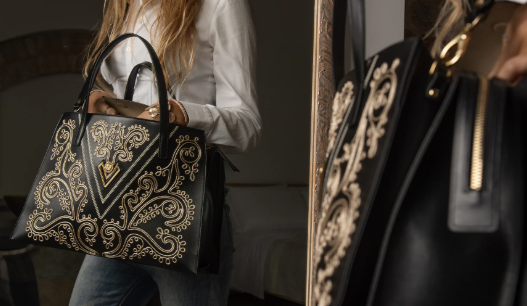

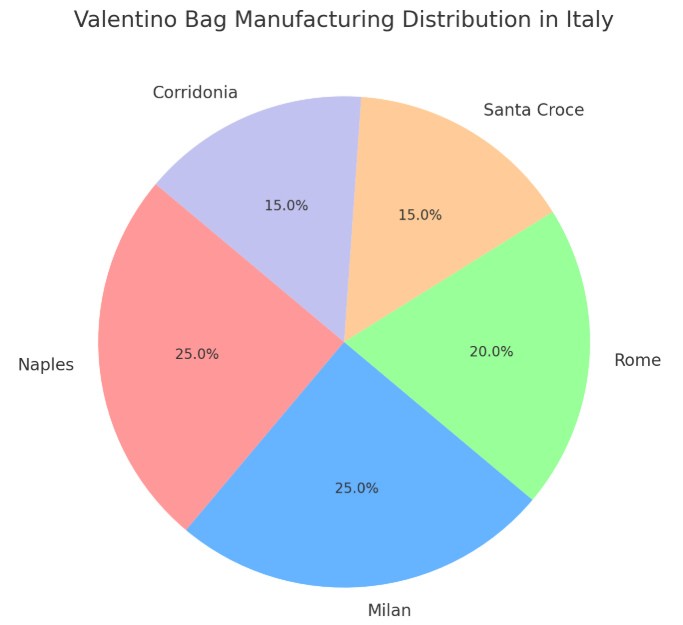
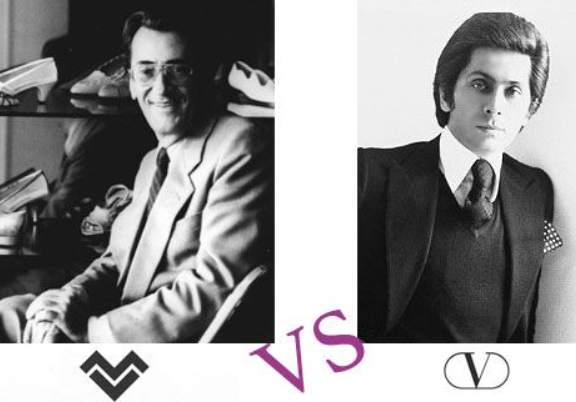
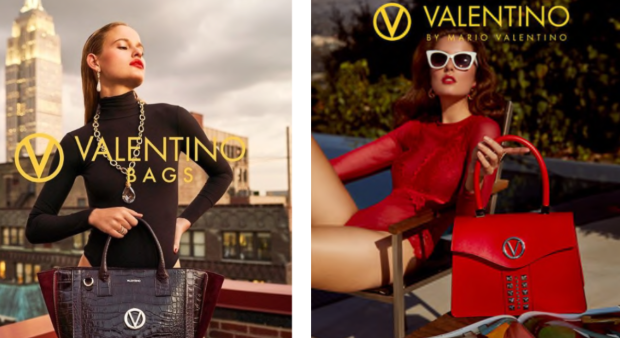
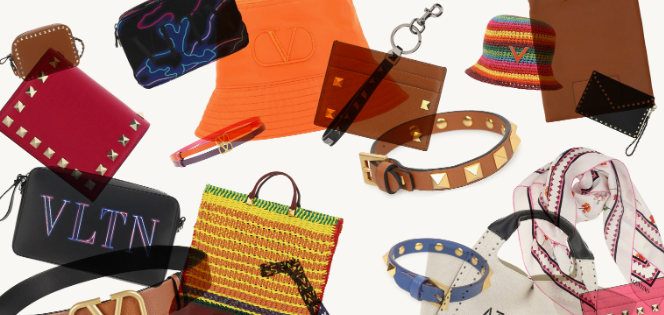
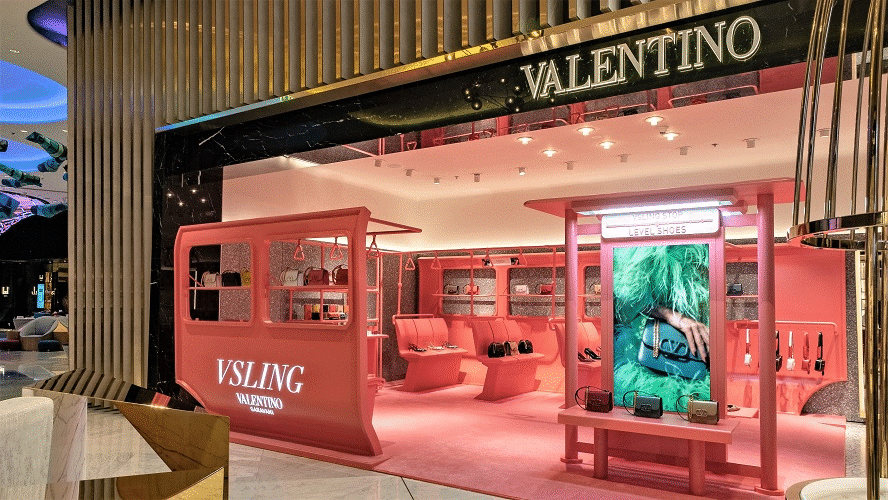
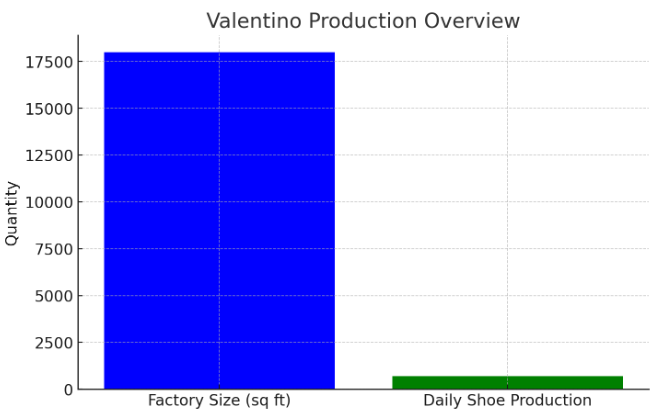
Recent Comments